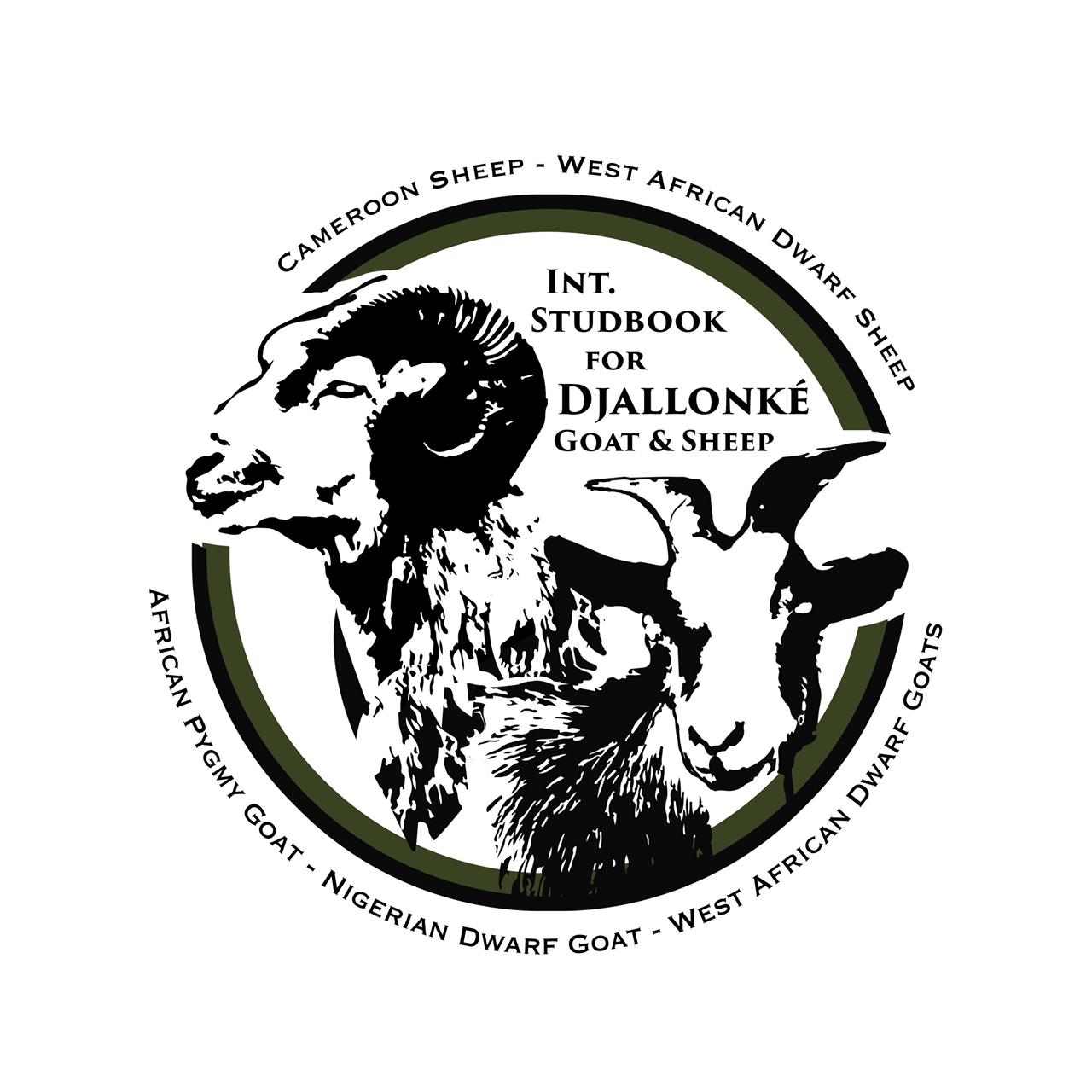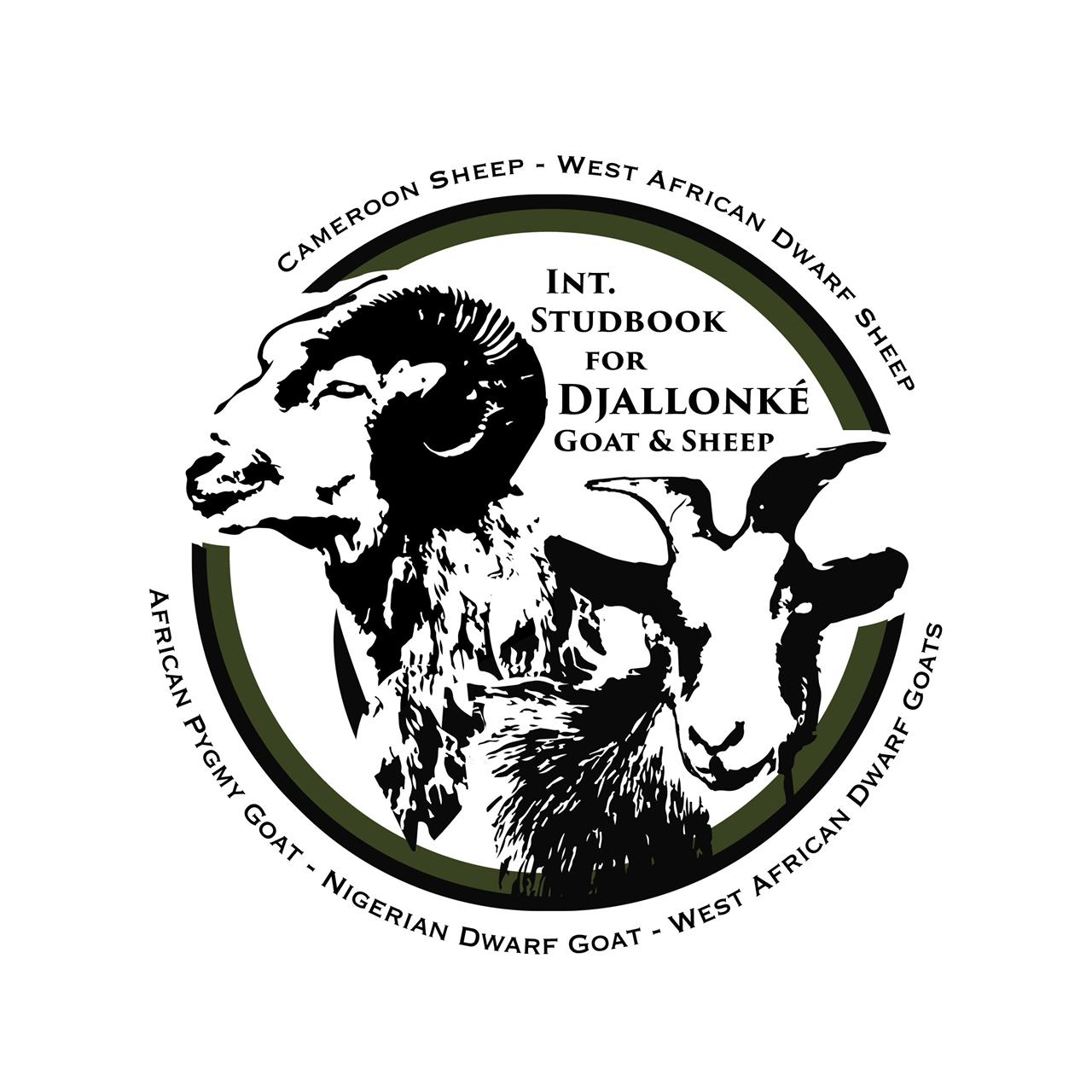ISDGS Show Point Breakdown
Breed Standards
The attributes listed below describe the Djallonké breed and should be used to evaluate sheep considered for registration with the International Studbook for Djallonké Goats & Sheep (ISDGS). Although this standard describes the phenotypic attributes of the breed, there are other attributes that are not easily defined but that are most valued about the Djallonké breed. Attributes such as prolificacy, disease resistance, parasite tolerance, non-seasonal breeding, and mothering ability contribute to the integrity of the breed. The ISDGS encourages breeders to include these non-phenotypic attributes when evaluating and selecting stock to include in their breeding programs.
The ISDGS does not guarantee the quality of a registered sheep. The purpose of the ISDGS is to enable breeders to track the pedigrees of their animals. It is the breeder’s responsibility to ensure that only sheep meeting these breed standards are submitted for registration. It is also the breeder’s responsibility to cull any sheep that are Not to Standard and to prevent their genetics from contaminating the general population of Djallonké sheep.
These are the tiers used to describe each attribute:
- Ideal : The perfect sheep. This is the sheep we all want, the sheep we all strive to breed.
- Acceptable : These flaws are generally cosmetic and rarely are genetically fixed across generations. If the flaw does persist across generations, the breeder should work to eliminate it.
- Discouraged : These are serious flaws. The breeder should recognize that these flaws, if allowed to pervade the flock, will compromise the flock’s integrity. Elimination of these flaws should be a priority.
- Not to Standard : Sheep with these flaws should be culled from a breeding program. These flaws are detrimental to the future of the breed.
Height at withers (5 points)
Rams:
- -30cm = 0 points
- 30-40cm = 2 points
- 40-45cm = 3 points
- 45-50cm = 4 points
- 50-55cm = 5 points
- 55-60cm = 4 points
- 60-62cm = 3 points
- 62-65cm = 2 points
- +65cm = Immediately banned from the show + general breeding ban.
Ewes:
- -30cm = 0 points
- 30-35cm = 2 points
- 35-40cm = 3 points
- 40-45cm = 4 points
- 45-48cm = 5 points
- 48-50cm = 4 points
- 50-55cm = 3 points
- +55cm = Immediately banned from the show + general breeding ban.
Head (10 points)
- Facial (chamfer profile):
- Predominantly convex. = 5 points
- Not straight. = 0 points
- Position of the teeth:
- Incisor teeth must meet the dental pad. = 5 points
- Overshot or undershot jaw = 0 points
Ears (5 points)
- Orientation:
- The small ears should be horizontally erected. = 5 points
- Not slightly drooping or semi-pendulous. = 0 points
Eyes (5 points)
- The eyes are large = 5 points
- Inverted eyelids, blindness = 0 points
Neck (5 points)
- The neck is long and slender. = 5 points
- Short neck = 0 points
Occasionally, wattles are found, but are not discriminated against.
Horns (5 points)
Rams:
- Perfect Horns = 5 points
- Good horns but with narrow horn set = 4 points
- Malformed but not narrow horn set = 3 points
- Badly formed and narrow horn set = 2 points
- Polled (Hornless) = 0 points
- Scurs = 0 point
Ewes:
- Polled (Hornless) = 5 points
- Tiny stumps (horn buds) = 4 points
Legs (5 points)
- Short legs = 5 points
- Sahellian or Barbados Black Belly looking long legs = Immediately banned from the show + general breeding ban.
Testicles (10 points)
- A mature ram's testicles should be well developed. = 10 points
- Cryptorchidism (a condition in which one or both testes fail to descend normally) in a ram is not accepted = 0 points
Tail (5 points)
- Tail is fairly thick at the root growing thinner till it terminates at the hocks. (5 points)
- Short tails, crooked tails, docked tails = (0 points)
Topline (10 points)
- The back is long and dished, higher at the withers than at the tail-head and sloping into a straight back. = 10 points
- “Saddle back” or “sway back”; short, steep croup = 0 points
Forequarters (10 points)
- The forelegs appear straight when viewed from the front and side.
- A slight tendency toward splay-footedness (toes that point outward) is not uncommon.
- Weak, bony shoulder blades that protrude from the body.
- Any deviations from straight legs as long as they are minor, including such things as weak pasterns, feet that are pigeon-toed, and knees that are knock-kneed, calf-kneed, or buck-kneed.
- Marked deviations from ideal, including but not limited to abnormalities that interfere with the sheep's ability to normal walking are not accepted. = Immediately banned from the show + general breeding ban.





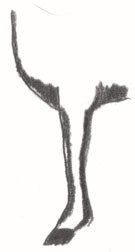

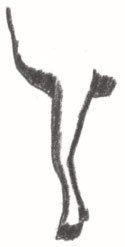
Hindquarters (10 points)
- The hind legs viewed from behind should be straight.
- From the side view, a vertical line dropped from the posterior of the buttocks should hit the point of the hock and the back of the ankle and contact the ground 1 in. to 2 in. behind the heel.
- A slight tendency toward cow-hockedness is not uncommon (when viewed from behind, the ‘back knee’ or hock is set inward, resulting in a splayed look in the back legs).
- Bowed legs; sickle-hocked legs; and post-leggedness.
- Marked deviations from ideal, including but not limited to abnormalities that interfere with the sheep's ability to normal walking are not accepted. = Immediately banned from the show + general breeding ban.

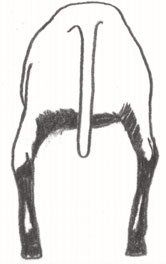
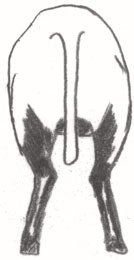
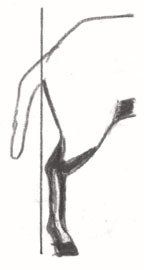
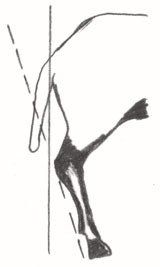
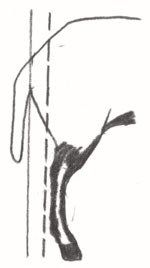
Coat (15 points)
- The coat consists of coarse hair that lies flat against the skin.
- An adult ram has a mane of coarse hair that covers the neck and downward to the chest.
- The hair coat contains sufficient lanolin to help shed water and repel ticks and other ectoparasites.
- If the sheep grows a winter undercoat of fine wool, that undercoat is completely shed every year.
- A woolly “baby coat” often seen in lambs that does not shed the first summer but does shed thereafter.
- A hair/wool mixture on the back of the rear legs that does not fully shed from year to year.
- A woolly coat that is not shed and that requires shearing = Immediately banned from the show + general breeding ban.
A total of 100 points can be achieved for rams. And 90 points for ewes.
